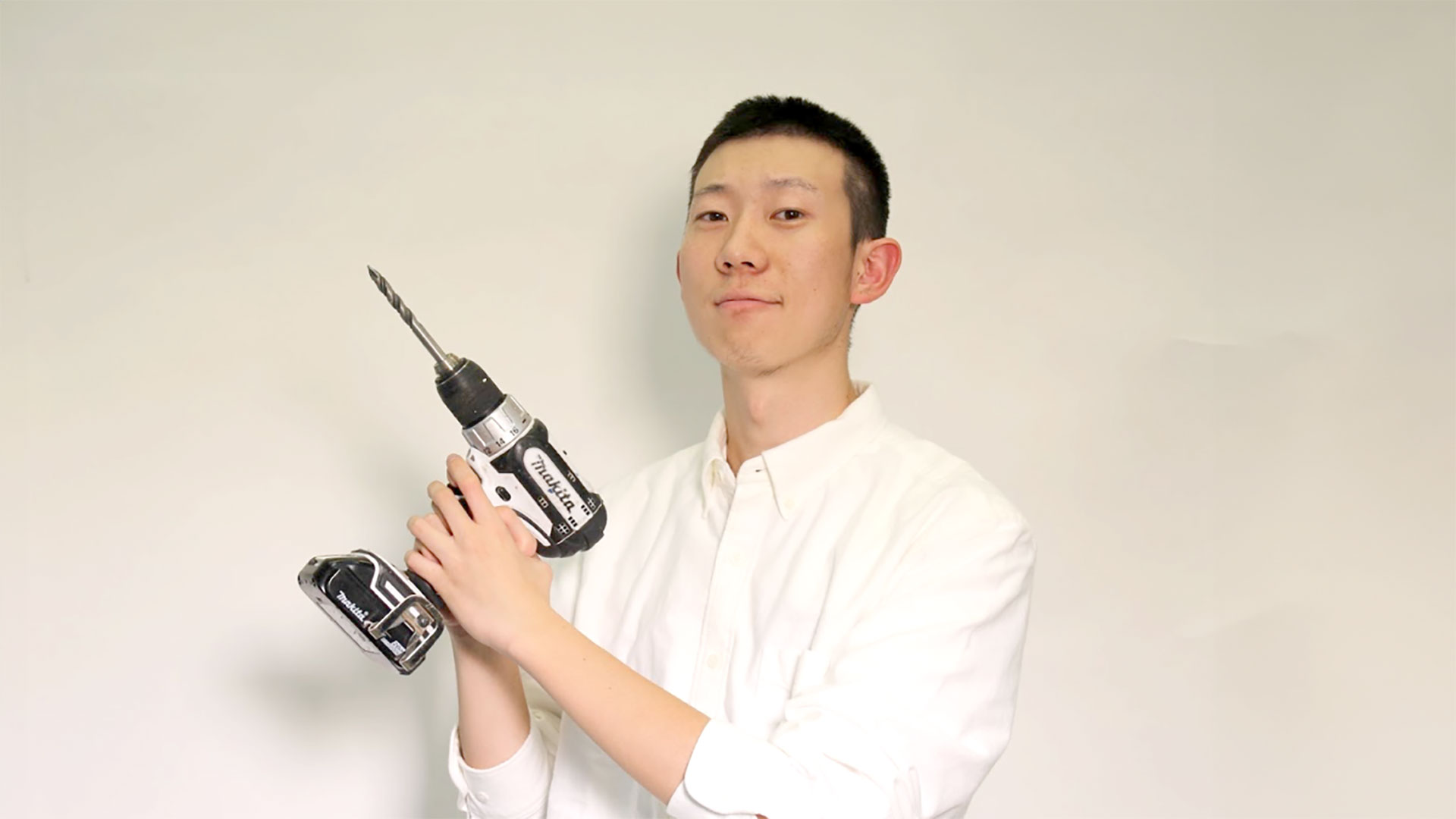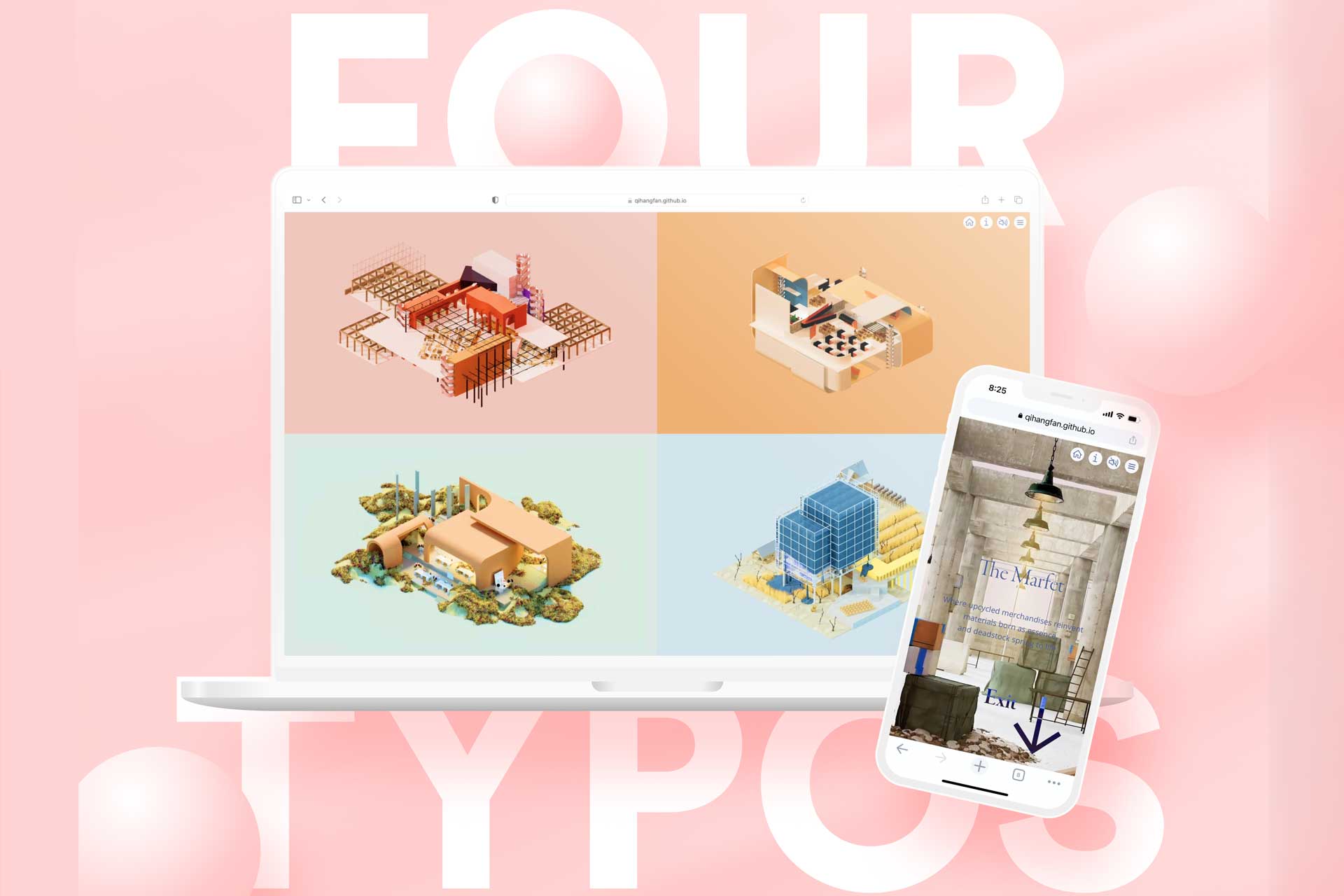Interview with Qihang Fan, Designer and Independent Developer

Interview with April Maung from Australia
August 12, 2024
Interview with the MediConnect Team
August 12, 2024Qihang Fan
Qihang Fan is an award-winning designer and independent developer committed to creating experiences that embody inclusiveness, enjoyment, and innovation. He seamlessly integrates cutting-edge technology into everyday life, aiming to reach the next million users.
I am Qihang Fan, an award-winning designer and independent developer dedicated to crafting experiences that embody inclusiveness, enjoyment, and innovation. I seamlessly blend cutting-edge technology into everyday life, aiming to reach the next million users. Currently, I am leading efforts to use augmented reality to revolutionize surgical procedures.
With a strong background in architectural design, I have a sharp sense for user experience design and spatial interaction design. My deep passion for technological advancements has led me to build a diverse skill set, from graphic design to 3D production. While I am proficient in programming languages like JavaScript, C#, and Python, I am also pursuing another degree in computer science to further expand my knowledge and expertise.
I decided to become a digital designer because I've always been fascinated by how quickly technology evolves and its potential to significantly improve our lives. However, I've noticed that many people struggle to take full advantage of the latest advancements, like AI and XR. As a digital designer, especially in interaction design, I feel it's my responsibility to break down these barriers and make technology more accessible and user-friendly.
I use my understanding of technology to create intuitive human-computer interactions that can scale to support the next million users. I'm passionate about applying inclusive design principles to ensure that technological advancements benefit a broad audience.
This commitment not only enhances usability and engagement but also has a profound impact on improving lives with more inclusive, effective tools. Focusing on making technology work for people, rather than the other way around, drives my career and my daily efforts as a digital designer.
To me, a good design represents the perfect balance between creativity and practicality. Creativity is the driving force behind innovation; it pushes the boundaries of traditional perspectives and encourages us to explore new possibilities. It brings a fresh approach to problem-solving, often leading to groundbreaking ways of interaction and functionality that can transform user experiences.
On the other hand, practicality ensures these creative ideas are more than just concepts. It grounds them in reality, making sure they are feasible, accessible, and aligned with user needs. Good design goes beyond aesthetics. It's about creating meaningful interactions that enhance everyday life.
My design style is all about rapid iteration and continuous improvement. I strongly believe in the power of prototyping and usability testing to refine and enhance my designs. This approach allows me to quickly create initial prototypes and then gather feedback directly from users, as well as from fellow designers and engineers. By integrating this feedback early and often, I make sure my designs are both innovative and user-centric.
This iterative method is not just about speed but also about precision and adaptability. It lets me respond dynamically to user needs and technological advancements, making adjustments based on real-world interactions and technical insights. The main characteristics of my design style include a strong focus on functionality, accessibility, and user engagement, ensuring that each design is optimized for the best possible user experience.
As a user experience designer and product engineer in an R&D team, my design process is all about carefully balancing design and development. This is key to making sure our designs are feasible before we move into production. I constantly evaluate both the aesthetic and functional aspects, aligning them with the practical constraints and capabilities of current technology.
It's an iterative process, with frequent adjustments and refinements to harmonize the creative vision with technical realities. This way, we ensure that the final product is not only innovative but also practical and executable.
I'm particularly excited about the unprecedented impact of artificial intelligence on digital design. AI transforms the field by suggesting color schemes, fonts, and design elements based on project requirements, ensuring consistency and alignment. It also automates repetitive tasks like resizing images, applying filters, and managing complex layouts.
With AI-powered software, designers can produce high-quality work faster, which is a significant advantage in a market where clients demand quick turnarounds. Overall, AI empowers designers to achieve more in less time, fostering innovation and pushing the boundaries of what's possible in digital design.
As an independent developer, one of the primary challenges I faced was the steep learning curve involved in mastering multiple skills across different aspects of production. Each project demands a diverse set of capabilities—from conceptualization and design to coding and user testing. I overcame this difficulty by consulting with professionals and focusing on learning the specific skills I needed.
For architecture design and 3D digital media production, I use Rhino, Cinema 4D, and Redshift. For media post-production, I rely on Adobe Photoshop and After Effects. Figma is my go-to tool for user experience and responsive web design. For front-end development, I work with HTML, CSS, and JavaScript. I use Visual Studio Code for local hosting of mobile-end development and GitHub Pages for open-source public hosting. This approach has allowed me to manage and integrate various aspects of production efficiently.
One thing I haven't shared widely is my deep conviction about creativity—it requires both passionate and persistent practice. While nurturing your passion for design is essential because it helps you overcome challenges and setbacks, there's more to it. Creativity isn't just a burst of inspiration; it's a discipline that demands continuous, dedicated effort. My enthusiasm for creating and innovating is more than just a fuel for my creativity—it's a commitment that needs to be nurtured every day.
This persistent practice shapes every project I undertake and is a private yet pivotal part of my work. It's about constantly reminding myself why I started designing and letting that original spark guide and influence my journey. This blend of passion and persistence not only deepens my creative capabilities but also aims to inspire and impact those around me, making each design resonate more meaningfully.
To all aspiring designers, remember that your journey will be unique and filled with its own set of challenges. Embrace them. Let your passion drive you, but ground your work in persistence and practice. Stay curious, be patient, and remain relentless in your pursuit of excellence.
Success in design doesn't come from what you do occasionally but from what you do consistently. Keep pushing the boundaries of what you know and always strive to expand your capabilities. Most importantly, enjoy the process—this is what being a designer is all about.
Qihang Fan
Qihang Fan is an award-winning designer and independent developer committed to creating experiences that embody inclusiveness, enjoyment, and innovation. He seamlessly integrates cutting-edge technology into everyday life, aiming to reach the next million users.
Read more about Qihang Fan's interview for Four Typologies with the 2024 TITAN Innovation Awards!


